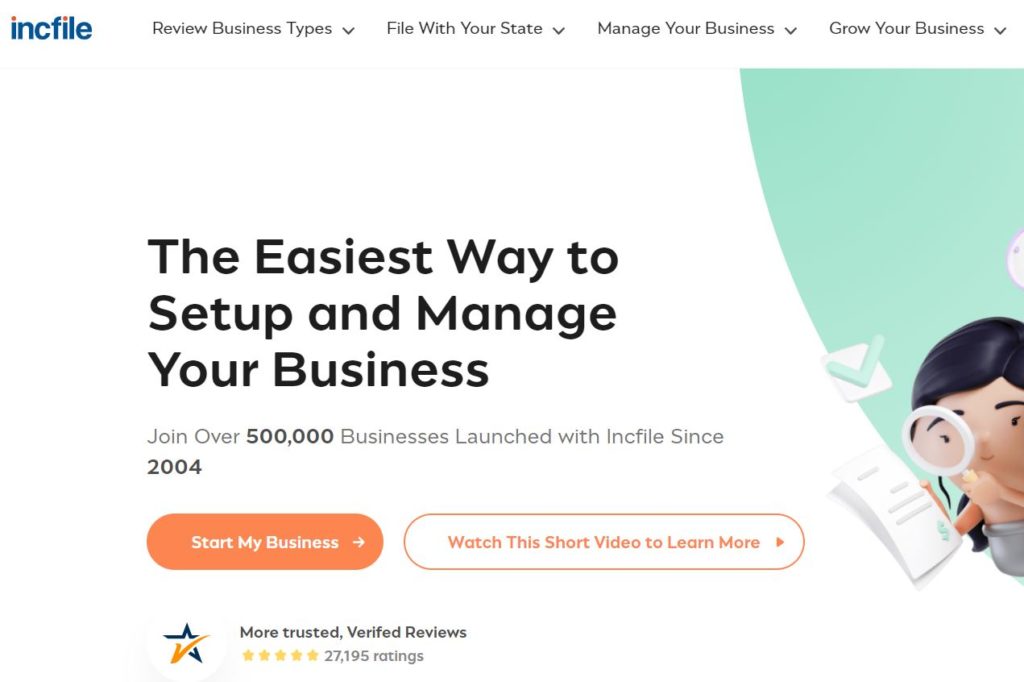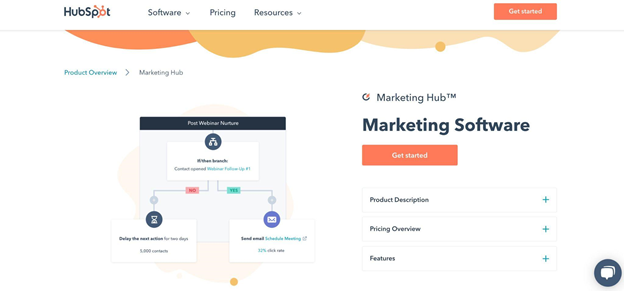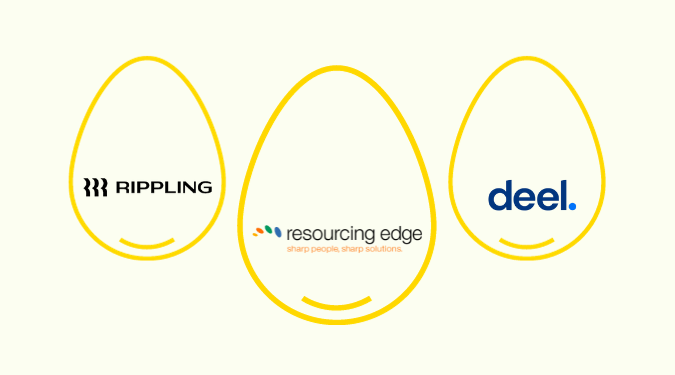Disclosure: This content is reader-supported, which means if you click on some of our links that we may earn a commission.
It is expected that by 2025, the fashion industry will be worth over $1.002 trillion. So, if you are considering starting your own clothing business, now is the time to do it. Fashion is hot and is predicted to get even hotter over the next few years.
As much as you may love the idea of having your own clothing company, chances are good you’re feeling overwhelmed with the idea and may not know where to start.
That’s where we come in. The process doesn’t have to be complicated–you just have to make sure that you complete the necessary steps to get your clothing business up and running.
Follow along for specific steps on how to start a clothing business today.
Why Starting a Clothing Business is Worth It
As mentioned, the clothing industry is rapidly growing. This is particularly true when it comes to online shopping.
Statista estimated that by 2021, 2.14 billion people worldwide would shop online. Online shopping has grown massively over the last few years, especially since COVID hit and people stayed home more. People love the safety and convenience of shopping from home. It allows them to shop from the comfort of their bed and get competitive prices so they can find the best deals.
By choosing to start a clothing business, you have the opportunity to get a chunk of the massive amounts of money that goes into shopping every year globally. As long as you take the time to choose your target market and work toward creating what they want and need, your chances of succeeding in this business are far greater.
Whether you opt to create a brick-and-mortar store or sell solely online, you must have some sort of online shop that allows customers to purchase your items from wherever they are.
A 2018 study showed that almost half of consumers choose to shop via mobile phones than in person.
In addition to the massive opportunities to make money with your clothing business, it is likely something you are passionate about if you’re reading this article. Thus, you not only make money, but you also reap the benefits of starting a business in an industry that you love. By following your passion and the process, you may just find yourself thriving.
The Investment Needed to Start a Clothing Business
The costs of starting your own clothing business can vary greatly depending upon what type of clothing line you choose to build, who your target audience is, and whether you plan to sell only online or also in-store.
However, to give you a ballpark idea of what kind of investment you are looking at initially, a small clothing business requires a bare minimum of $500 to get things off the ground. A medium-sized clothing business will need between $1,000 and $5,000 to start. And if you’re looking to create a more extensive line, you can expect to need at least $25,000 to start.
Here are some of the costs you want to take into account when calculating your startup costs:
- Manufacturing
- Sourcing products
- Price of materials
- Cost of designing
- Delivery
- Website
- Marketing
- Distribution
The time required for starting a clothing business depends on how diligently you work through the steps. Some people may be able to get things up and running in just a few months. Others may only find themselves able to dedicate a few hours a day, and in that case, it will take longer to get things going.
Once you’ve got the ball rolling on your clothing business, you are going to want some tools to help you stay on track.
One of our favorite small business tools is Hubspot CRM.
This customer relationship management software lets you keep track of sales processes and inventory, which are critical pieces of your clothing business, especially as it grows.

Hubspot CRM gives you the ability to digitize your inventory and your sales processes which will help you be more efficient.
We will share more on Hubspot CRM and why you need it for your clothing business below.
10 Steps to Start a Clothing Business
Now that we’ve covered why you should starting a clothing business and what kind of investment you can expect from this type of business, it is time to get the process going.
Here are the steps you need to follow to start your business on the right foot and propel it toward success.
Step 1 – Find Your Niche
The idea of a clothing business is quite broad. The first step is to narrow your clothing business down to a specific niche. Are you looking to get into fitness clothing? How about children’s clothes? Or maybe high-end fashion? Or perhaps you want to design a line of funky t-shirts and tank tops.
To help you choose your niche, you can do two things. You could just go with the type of clothing you are passionate about and build from your dreams.
Or you could find a problem or gap within the clothing market and design your products to fix that problem or fill in that gap. This is the method we recommend.
It doesn’t necessarily have to be a type of clothing that has never been made before. But it could be something that just hasn’t been done quite right yet. For example, you may see a need for more fashionable clothing for young female golfers and choose to start a clothing business of that type. Or maybe you notice that well-fitting women’s jeans have subpar pockets, and you want to create a line of pants with really great pockets for women in inclusive sizes.
Even as your brand grows and you start to create additional products that branch out from your initial niche, you need that original idea to serve as the core of your business.
Step 2 – Make a Business Plan
As your brand progresses, you can get more detailed with your business plan, but you want to start with a roadmap to help guide you through the first couple of years.
Know that your business plan will likely change as you learn more about the process and as your company grows. But do not dive into starting your business without one.
Some of the key things you should include in your business plan are:
- Your company’s mission and vision
- A description of the company
- Your team
- What clothing you sell
- Your business goals
- How you plan to meet your business goals (this includes specific steps)
- Why this company will be a success, based on market research
A business plan also often includes financial information, such as budgets and expenses for designers (if you aren’t designing), manufacturing, shipping and distribution, and more.
Aim to have your plan outline at least the first two years of your clothing business, but, as mentioned above, be open to making changes to your plan as your business changes.
This plan is essential to keep you on track with your goals. You will periodically reassess the plan if you aren’t reaching those goals. Your plan is vital if you plan to look for investors. They are more likely to put money into your company if you have a structured plan that shows how your business will grow and be successful.
Step 3 – Get to Know Your Target Audience
With your defined niche, now it is time to get to know your customer. This involves everything from your fabric choices to your designs. What do your target customers like? What is their lifestyle? What are their spending behaviors? What are they willing to pay? These are all questions you need to answer.
You can do this by creating “buyer personas.”. Make up customers who would purchase your clothes and look at their jobs, where they live, how old they are, where they travel, and more. Look for people who fit your ideal buyer persona and ask them questions! Find real people to engage with and understand their wants and needs.
You also want to get to know your target audience by researching your competitors. How do they engage with their customers? What value do they provide? What are their prices? This step goes much deeper than simply looking at your clothes and how they will benefit your potential customers. Competitor research is vital for you to find ways to set your business apart.
Step 4 – Register Your Business
Now that you have your ideas laid out, it is time to start the paperwork of the actual business. This requires registering your business with different entities. Here are the things you need to do to have your business be legitimate:
Choose Your Business Type
You have several options when it comes to deciding what type of business entity to use. The most common types are sole proprietorship, S corporation, and limited liability corporation (LLC). Learn the differences between each type and which one works best for you. If you plan to start your clothing business off small, an LLC or a sole proprietorship is probably best. You can always change the entity type down the line as you grow.
Business formation services like Incfile can help you decide which business structure you want and then form your business for you, including filing paperwork, name verification, tax consultation services, and registered agent services. They can also help you get an EIN, create an operating agreement, and more.

Register Your Business
You may have to register your business with the state where you will be running your clothing business.
Obtain Licenses and Permits
A general business operating license is typically required to start your clothing business. And if you opt to run your business from home, you may need additional permits such as a sales tax license and a home occupation permit. Be sure to connect with your state and local government to make sure you have all the required licenses and permits.
Get an Employee Identification Number (EIN)
To pay taxes for your business (required), you may need to get an EIN with the IRS. This allows you to file your taxes via your business and get a business bank account. Incfile can provide you a unique EIN, or you can apply for one with the IRS yourself.
Step 5 – Start Designing
Now the fun begins. This is where your creativity finally gets to fly and where the clothing starts to come to life.
To help you with this process, it’s a good idea to keep a sketchbook with you at all times. You never know when an idea may strike, and you want to be able to capture it at any time.
Once you get some sketches created, it’s time to samples. Getting an idea of how the process of creating the clothes works will help you with your business overall. It will also be critical in the next step of the process, which is finding a manufacturer.
You will also want to note product details during this stage, including different sizes and measurements, what materials you plan to use, colors, and more.
Step 6 – Find a Manufacturer
Manufacturing is a crucial part of the process as it is the step in which you take your dreams and make them into a reality.
Take the time to find a manufacturer you trust can do this for you. You first want to start by deciding whether you want your manufacturer to be domestic or overseas. While you might save money with an overseas manufacturer, you are also taking a gamble on product quality and longer delivery times.
The best way to find a manufacturer is to research and also reach out to contacts who have worked with manufacturers before. Referrals are a top way to find great partners in any business.
You’ll want to determine what your priorities are in a manufacturer. It may be craftsmanship, or it may be lower prices. Whatever it is, do your due diligence to find someone that seems like the right fit, and then have them make a sample. Do not have them do a full product run until you know you are happy with the samples.
Step 7 – Create Your Brand
Now that you’ve got your clothing ideas created, it is time to develop the rest of your brand. This includes things such as:
- Your brand name
- Your logo
- Graphics
- Product photography
- Color palettes
If this is something you don’t feel you can do yourself, you can hire someone to do the branding for you. There are plenty of companies and independent brand designers that can get the job done.
Shopify also offers tools to help you with this.

Step 8 – Pick Your Prices
Choosing the prices for your clothing business is a key piece of the process. Your pricing depends upon a couple of major things:
- Your target audience: How much do they typically spend on clothing like yours?
- The manufacturing costs: The cost of goods sold includes labor, materials, and production.
- Your overhead costs: How much you will pay your employees, shipping costs, and warehouse rental prices.
Figure out how much it costs you to run your business and then work backward to determined what to charge your customers for your clothing items.
Don’t forget to tack on a little extra money so that you can actually make a profit on sales.
Step 9 – Choose Where To Sell Your Clothing
The best place to start selling your clothing is online. There are far fewer expenses involved in starting an online clothing business than a physical store.
When starting online, you want to find an ecommerce platform that helps you build and manage your store. You may even want to join an online marketplace such as Amazon or Etsy.
However, you may find that you want to open up a brick-and-mortar store after a short time and give people an opportunity to see and try on your clothes in person before purchasing. Starting online won’t keep you from eventually having a physical store. It simply allows you to launch sooner, with lower startup costs, and make money first.
Step 10 – Start Marketing
You may have created great products, but unless people know about them, they can’t buy them.
That’s why marketing is such an essential step of the process. If you aren’t sure how to handle this part, turn to Hubspot CRM.
This software offers something called the Marketing Hub, where you can get help with all sorts of marketing needs.

Here you can have all of your marketing tools and data in one place that is easy to use. You can create content to help bring customers to your business and track your progress as well.
Some of the tools included with the marketing hub are:
- Blog assistance
- SEO
- Ad tracking and management
- Social media management
- Video
- Live chat
There are a few different options for packages within the Marketing Hub:
Free. No credit card is required for this, and you will get access to email marketing, forms, landing pages, live chat, Facebook, Instagram, Google, and LinkedIn ads, and contact management.
Starter. Starting at $50 per month, you get everything in the Free package plus follow-up emails, ad retargeting, landing page reporting, multiple currencies, and HubSpot branding removed.
Professional. Starting at $890 per month, you get everything in the Starter package plus marketing automation, SEO, blog, social media, and custom reporting.
Enterprise. Starting at $3,200 per month, this includes everything in the Professional package plus account-based marketing, adaptive testing, predictive lead scoring, user roles, and multi-touch revenue attribution.
Next Steps
Getting a credit card specifically for your clothing business is another thing you want to consider. This helps protect you from your business purchases and allows you to get cashback and travel perks. Learn which business credit cards are the best here.
Also, as you start to hire employees for your clothing business, you want to do your best to keep those good employees engaged in your company so that they continue wanting to work for you. To help you keep your top-performing employees with your clothing business, here is a guide to employee retention.














